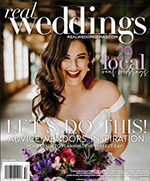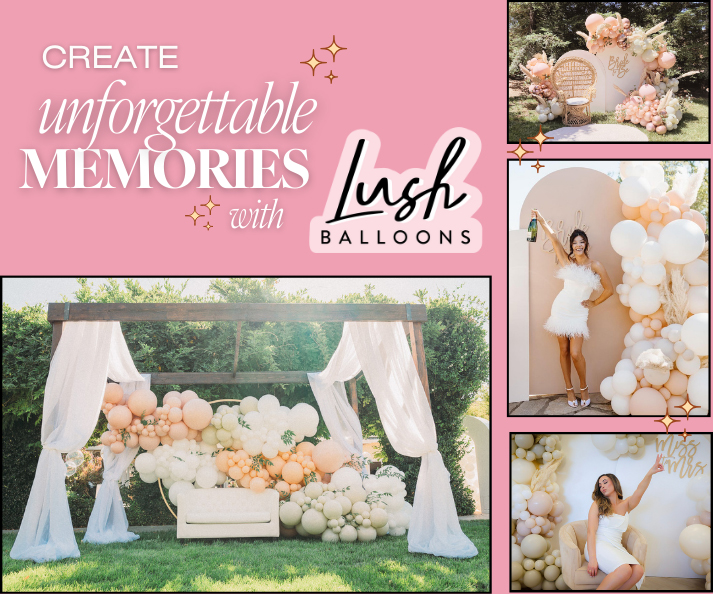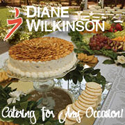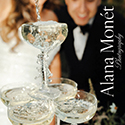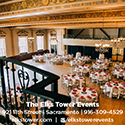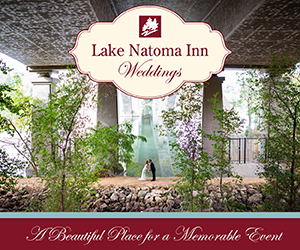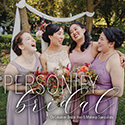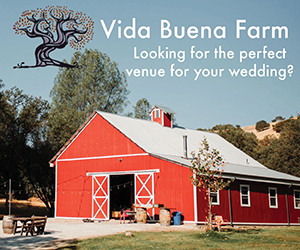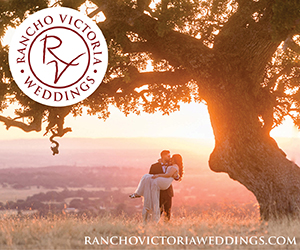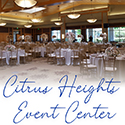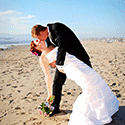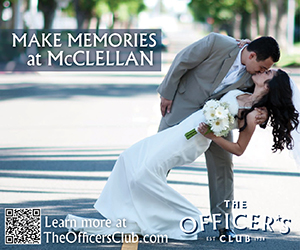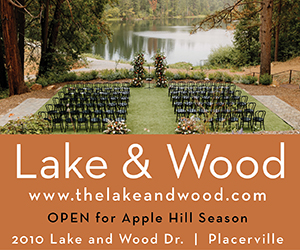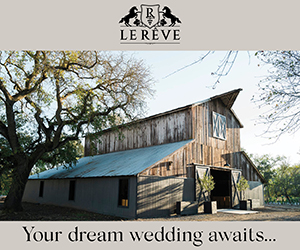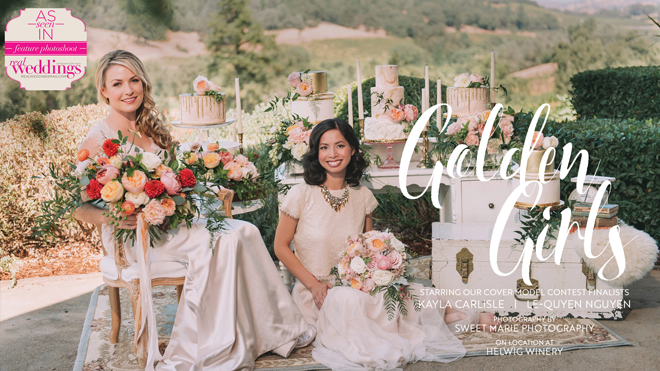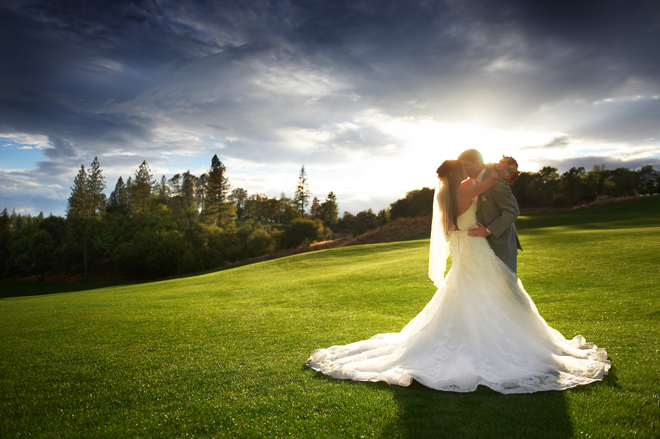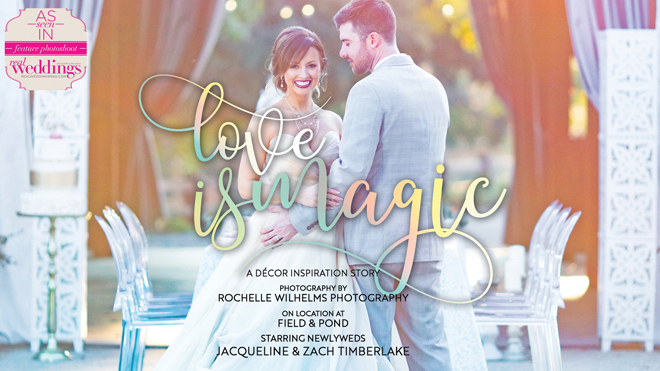
All too often we do things in life without having a clue as to why we do it. That is never more true, it seems, than in planning a wedding. I have officiated over 50 weddings in the last number of years and have found that in going through the ceremony with the couple, there is a tremendous lack of knowledge when it comes to “wedding stuff.” So, I’d like to update you a bit on why I do what I do. This does not mean that all officiants will agree with me on the meaning of each element, as a matter of fact, there can be great debate about what things mean. Yet, I’m the one writing the article, so you’re stuck with my interpretation, for better or worse.
Let’s begin with the common traditions that are associated with a wedding. Take the Unity Candle for instance. For most folks, the unity candle stands between two already lit candles, waiting to be lit by the couple together. The reason for this is simple. The already lit candles stand for the representative families of the bride and groom. Usually the couple will take their respective candles from their stands and lean them together and light the unity candle (usually a shorter, thicker candle in the middle) signifying a new family that has been created from the two separate families. The next move depends on what you want to communicate. For some couples, they leave the family candles lit, signifying that there is an additional new family created, thereby making three families to represent. For other couples, they blow out the family candles demonstrating that they are leaving their families of origin in order to unite and create a new family of their own. A similar tradition is held by a Sand Ceremony where two different colors of sand are poured in together as a blending into one new, empty vase. Each tradition is worthy of respect.
Another common tradition to have at a wedding is a personal Communion service. Although the meaning of the Communion/Eucharist tradition differs greatly from religion to religion and denomination to denomination, the point of having it at a wedding seems to be common and clear. By taking Communion in the wedding, the couple is partaking in a deep, spiritual act with God, for the first time as a married couple, as their new family. They are joining their joy of becoming one, by celebrating Jesus Christ coming to earth to connect with mankind by dying on the cross for their sins. The bread is used instead of the body of Christ, sacrificed for us, and the wine/juice instead of the blood of Christ, shed on the cross for the remission of sins.
A final tradition that I will mention is the Exchanging of Rings. For most, the symbolism of the rings is two-fold: First, rings are a never ending circle, demonstrating the never ending love that is being committed to. And second, rings are usually a precious metal, speaking to the preciousness of the love shared between the couple. Yet, for me, rings mean something else, and I usually comment on it during the ceremony. For me, rings represent that no matter where you go, there is a visible, physical reminder of what you have waiting at home for you. All your decisions and choices impact the one (or ones, if you have children) that the ring represents. So, in a way, the wedding ring is a symbol of your faithfulness and love that you have committed to.
Since you are in the planning stage, I recommend thinking deeply about what traditions you wish to be used or invoked and then to take pride in your selection, making the most of every minute as you stand up there at the altar. Live in the moment and breathe in the meaning. It all goes by in a blur, so enjoy it while it’s happening.
—Lance Hahn


